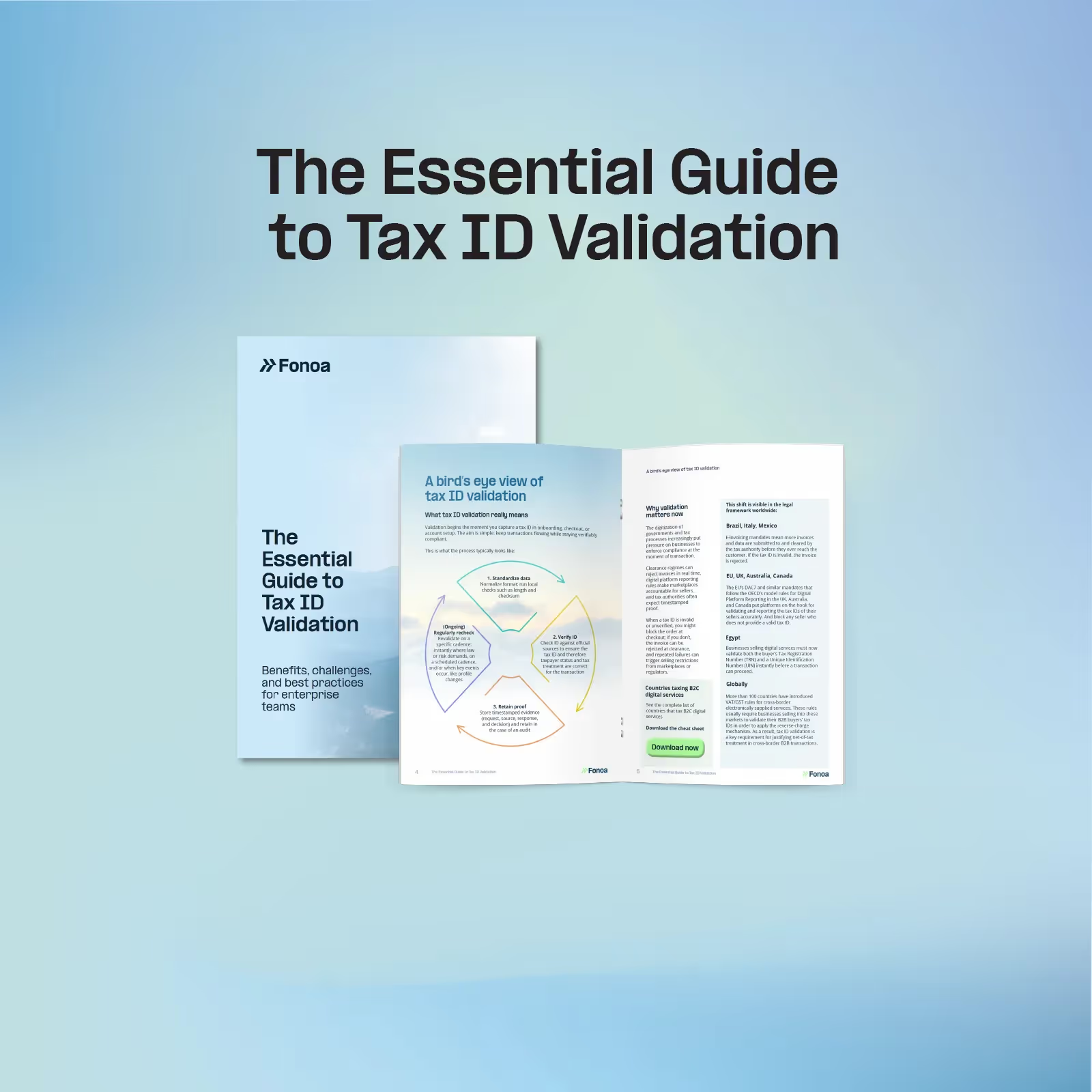The term “e-invoicing,” also known as electronic invoicing, encapsulates the digitized issuance, transmission, and processing of invoices, with the primary goal of optimizing business workflows and streamlining invoicing processes. It encompasses a diverse array of technological methodologies aimed at accelerating invoice management and enhancing financial operations. From standardized JSON or XML formats mandated by governments in countries like India and Brazil to dynamic digital structures facilitating seamless integration with accounting systems, e-invoicing represents a paradigm shift in the way businesses conduct financial transactions. This comprehensive approach to electronic invoicing not only modernizes traditional practices but also ensures regulatory compliance and transparency in financial dealings, driving efficiency and accountability across industries.
E-invoicing vs traditional invoicing
In stark contrast to traditional paper-based invoices, digital invoices revolutionize the invoicing landscape through the utilization of machine readable structured data formats, which serve as the backbone for automation and operational efficiency. Unlike conventional paper invoices or those converted into static PDF invoices, e-invoices embody dynamic digital structures that facilitate seamless integration with erp and accounting systems and other workflows systems. By minimizing manual data entry and human error, electronic invoicing ensures heightened accuracy, speed and in many cases regulatory compliance, compared to manual invoicing, thereby mitigating financial risks and optimizing resource utilization. This transformative shift towards e-invoicing not only accelerates accounts receivable invoice issuance and Accounts payable invoice processing but also fosters a culture of innovation and adaptability within organizations, propelling them towards sustainable growth and competitive advantage in the digital age.
Benefits of using e-invoices
Many countries throughout the world have already introduced e-invoicing regulations and systems, with many more working towards their implementation. This widespread adoption is driven by the potential business advantages of e-invoicing.
Improves efficiency
E-invoicing enables automation in invoice processing, leading to quicker payments and enhanced cash flow generation. Standardized data structures and prescribed formats facilitate streamlined workflows, reducing manual intervention and processing times.
Easy to fix errors
With standardized e-invoice formats, businesses can easily identify and rectify errors, leading to improved accuracy and compliance. This reduces the likelihood of discrepancies and minimizes the risk of financial penalties.
Easier for tax authorities to run audits
E-invoicing provides tax authorities with (near) real-time access to transactional data, enabling more efficient audits and compliance monitoring. Standardized data structures enhance the ability to identify anomalies and discrepancies, facilitating timely interventions to close the VAT gap.
Saves money
By automating invoice processing and reducing manual errors, e-invoicing helps businesses save money on operational costs and resource allocation. Additionally, faster payment cycles and improved cash flow contribute to overall cost savings.
Faster processing
The automation of invoice processing and transmission accelerates the entire invoicing cycle, from issuance to payment. This reduces delays and bottlenecks, improving operational efficiency and customer satisfaction.
Better transparency
E-invoicing promotes transparency in business transactions by providing clear and standardized documentation. This enhances trust between trading partners and fosters a more transparent business environment.
Improved record-keeping
Electronic invoicing systems facilitate centralized and organized record-keeping, making it easier for businesses to track and manage their invoicing data. This ensures compliance with regulatory requirements and facilitates auditing processes.
Types of e-invoices and reporting systems
While the main policy aims are often similar for tax authorities when introducing these systems, there is no one standard approach to e-invoicing or real-time reporting systems. Each country creates and introduces its own approach to e-invoicing and the electronic exchange of invoice and/or transactional data.
Want to learn more? Check our e-invoicing and digital reporting terminology or check some of the most common e-invoicing models explained.
E-invoicing common characteristics
Broadly speaking, however, there are a few common characteristics that tend to surface across systems:
- E-invoicing is typically referred to as the mandatory use of a predefined format to issue invoices electronically, with specific data on the invoice, and sometimes issued through or facilitated by a tax authority system. It is about the content and the end product.
- Real-time reporting or digital reporting systems require businesses to electronically send transactional data (Accounts Receivable or Accounts Payable) to tax authorities in near real-time. The core focus is receiving the transactional data, not the invoice as the end product.
E-invoicing requirements around the world
E-invoicing mandates in the EU
Countries within the European Union have adopted various e-invoicing mandates, regulating both B2B and B2C transactions. These regulations aim to enhance VAT controls and streamline tax compliance processes.
E-invoicing mandates in Latin America
Latin American countries have implemented stringent e-invoicing requirements, often covering both domestic and cross-border transactions. These regulations are designed to combat tax evasion and improve fiscal transparency.
E-invoicing mandates in Asia Pacific
Countries across the Asia Pacific region have introduced e-invoicing regulations targeting B2B and B2C transactions. These mandates seek to modernize tax systems and facilitate efficient VAT management.
What is the impact of e-invoicing on businesses?
Global businesses must navigate various e-invoicing and real-time reporting requirements, adjusting systems and seeking compliant solutions. This process often involves complex system integrations and resource allocations.
What is Electronic Data Interchange (EDI)?
EDI automates business-to-business document exchange, facilitating the electronic transmission of invoices, purchase orders, and other documents. While effective, EDI requires integration efforts for each supplier and buyer.
What is Pan-European Public Procurement Online (Peppol)?
Peppol is a network enabling electronic document exchange, primarily used for public procurement processes. It eliminates integration limitations seen in EDI, allowing seamless communication and document exchange within the network.
Future of e-invoicing
E-invoicing, spurred by global mandates, continues to evolve, bringing efficiency to businesses and visibility to tax authorities. The implementation of new e-invoicing mandates is anticipated across various countries and continents.
Fonoa has a solution for your E-invoicing compliance
With Fonoa, you comply with e-invoicing regulations in countries where the tax authority requires the generation and transmission of e-invoices or reporting of data in a structured electronic format. Fonoa is one centralized and standardized tax technology solution across countries, made for high-volume global businesses.
Fonoa’s solution has the most advanced technology in automated data cleansing, validation and verification of tax data, minimizing the need for human intervention and reducing risk.
Contact Fonoa today.















